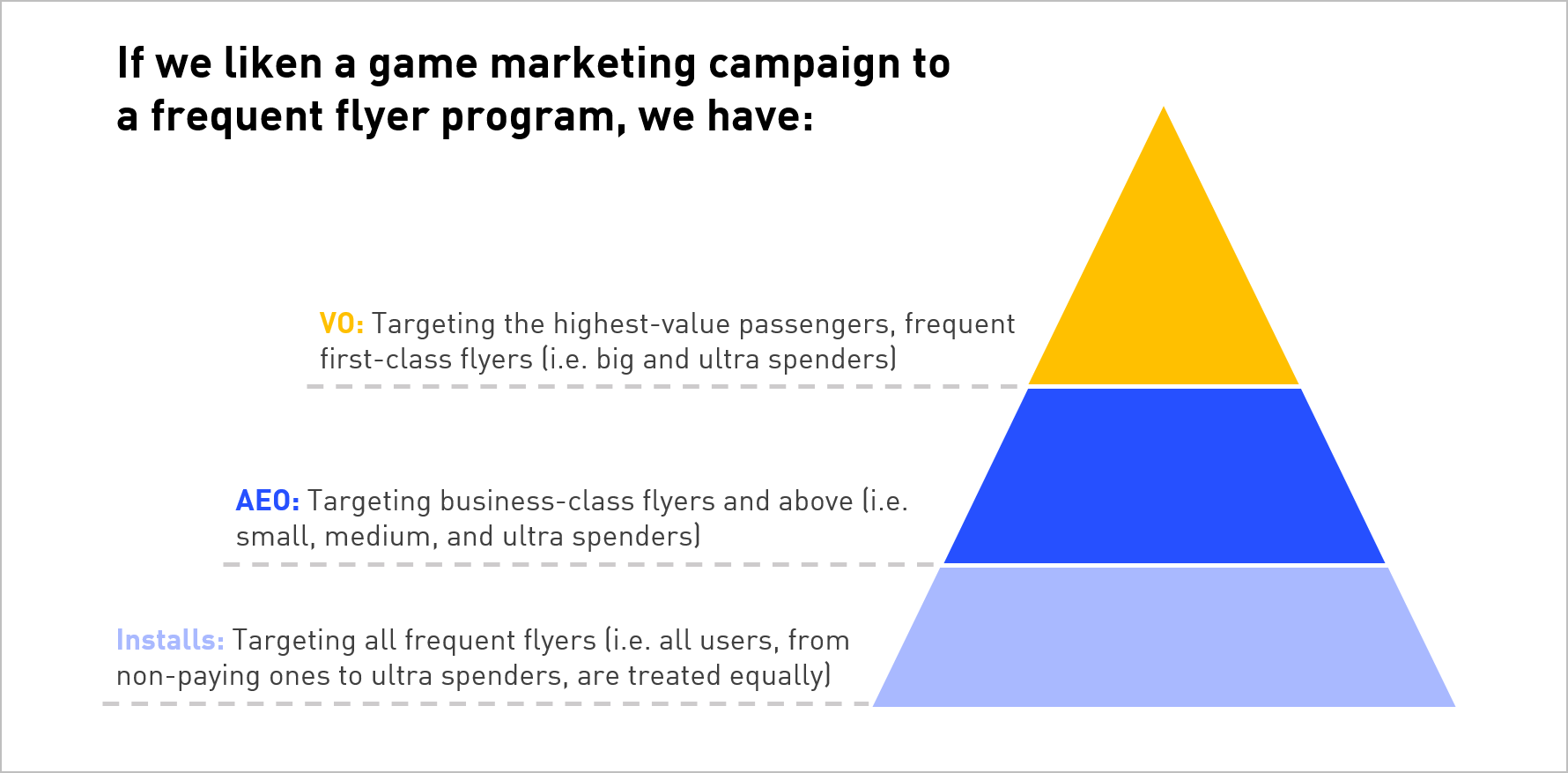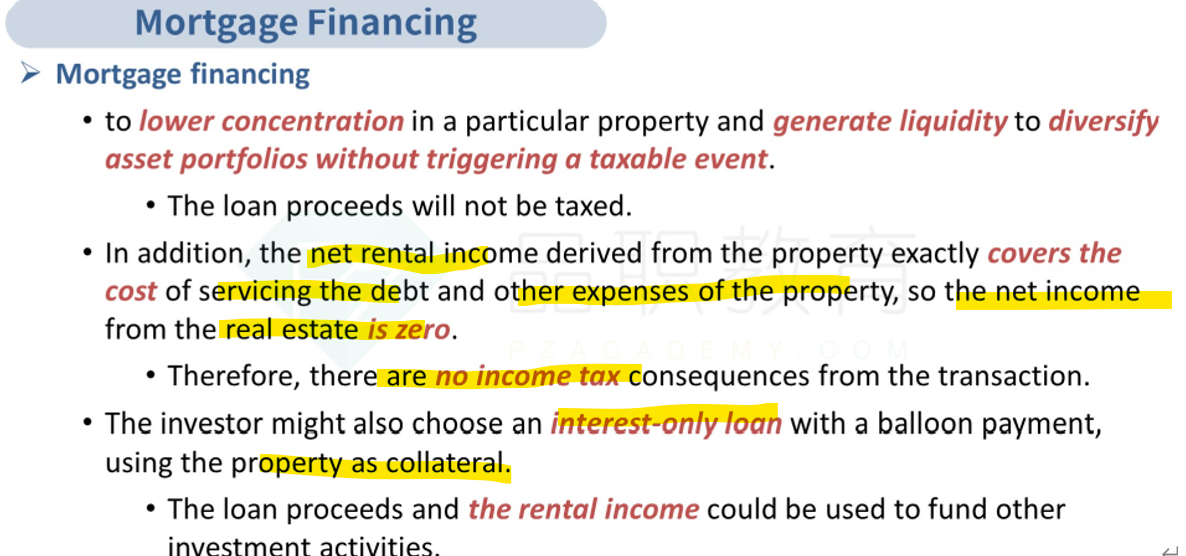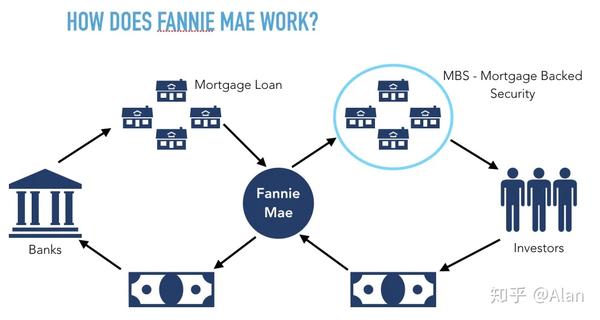Understanding What is a Point in Mortgage Loan: A Comprehensive Guide to Mortgage Points and Their Impact on Your Home Financing
#### What is a Point in Mortgage LoanIn the realm of home financing, understanding the intricacies of mortgage loans is crucial for prospective homeowners……
#### What is a Point in Mortgage Loan
In the realm of home financing, understanding the intricacies of mortgage loans is crucial for prospective homeowners. One term that often comes up is "points." So, **what is a point in mortgage loan**? A point, in this context, represents a fee that borrowers can pay to reduce the interest rate on their mortgage. This fee is typically calculated as a percentage of the total loan amount. For instance, one point equals 1% of the loan amount.
#### The Function of Points
When you take out a mortgage, lenders offer you a choice: you can pay a higher interest rate with no points or lower your monthly payments by paying points upfront. This is referred to as "buying down the rate." For instance, if you are taking out a $300,000 mortgage, one point would cost you $3,000. In exchange, you might receive a lower interest rate, which can save you money over the life of the loan.
#### Types of Points
There are generally two types of points associated with mortgage loans:
1. **Discount Points**: These are the points you purchase to lower your interest rate. The more discount points you buy, the lower your interest rate can be.

2. **Origination Points**: These are fees charged by the lender for processing the loan. They may not directly affect your interest rate but are part of the overall costs of obtaining a mortgage.
Understanding the difference between these two types of points is essential for borrowers to make informed financial decisions.
#### Calculating the Cost-Benefit of Points
When considering whether to pay points, it’s essential to calculate the break-even point. This is the time it takes for the monthly savings from a lower interest rate to equal the upfront cost of the points. For example, if you pay $3,000 for one point and your monthly payment decreases by $150, it would take 20 months to break even ($3,000 ÷ $150 = 20 months). If you plan to stay in your home longer than this period, paying points may be worth it.
#### Pros and Cons of Paying Points
Like any financial decision, paying points comes with its advantages and disadvantages:

**Pros:**
- **Lower Monthly Payments**: Paying points can significantly reduce your monthly mortgage payment.
- **Long-Term Savings**: Over the life of the loan, the savings from a lower interest rate can be substantial.
- **Tax Deductions**: In some cases, points may be tax-deductible, providing additional financial relief.
**Cons:**
- **Upfront Cost**: Paying points requires a significant upfront payment, which may not be feasible for everyone.

- **Risk of Moving**: If you plan to move or refinance within a few years, you may not recoup the costs associated with buying points.
#### Conclusion
In summary, understanding **what is a point in mortgage loan** is vital for anyone looking to finance a home. By weighing the benefits and drawbacks of paying points, borrowers can make informed decisions that align with their financial goals. Whether you choose to pay points or opt for a higher interest rate, being knowledgeable about this aspect of mortgage loans can lead to better financial outcomes in the long run. Always consider consulting with a mortgage professional to explore your options and determine the best strategy for your situation.